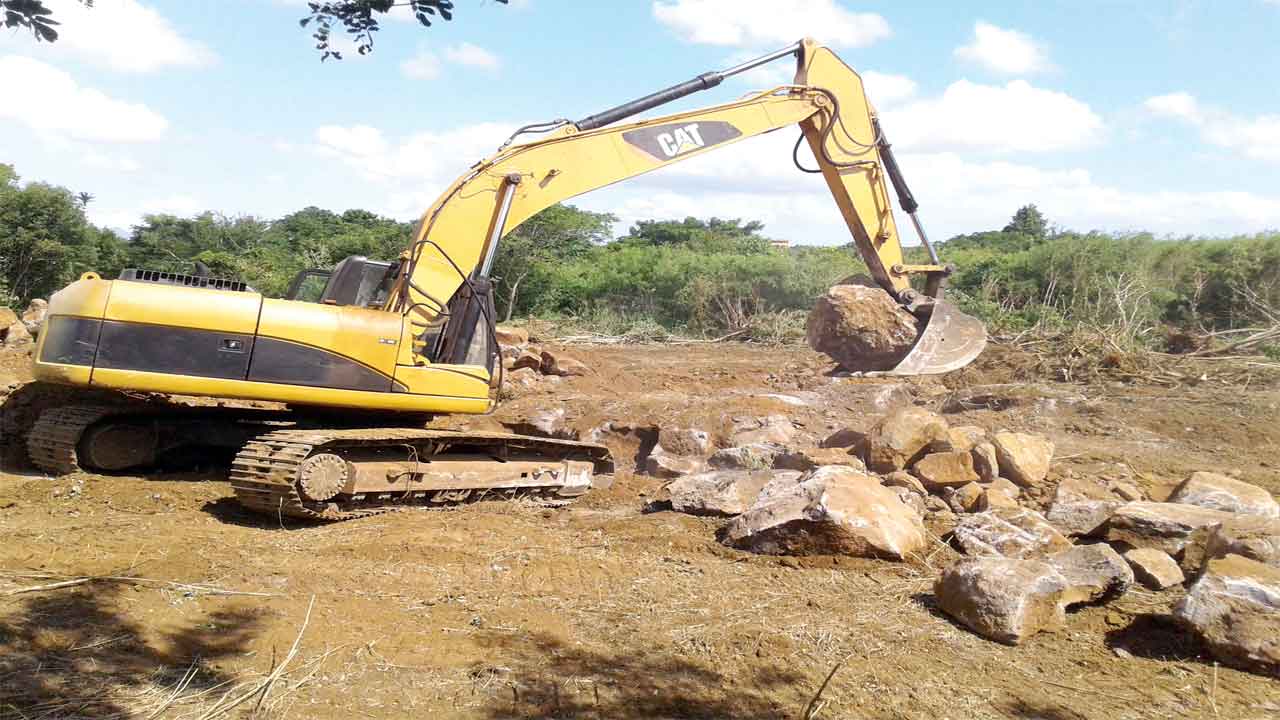The latest FDI figures released by the Bank of Mauritius show that FDI inflows into Mauritius recorded for 2015 were to the tune of MUR 9.627 billion.
The 2015 figures for direct investment flows are preliminary and will be subject to revision once the Foreign Asset and Liabilities Survey 2015 results are finalised.
Three main sectors capture FDI enterprises: real estate, tourism and construction. Most of these investments take the form of greenfield investments, that is, investment that directly creates or expands production facilities. The largest inflows to the economy last year were from developed economies.
FDI flows can vary considerably from one year to another, influenced mainly by large mergers and acquisitions. In 2014, out of the FDI flow of Rs 14.1 billion, the tourism sector attracted Rs 5.9 billion investment (compared to
Rs 756 million in 2013 and Rs 860 million in 2015) because Riu Hotels and Shangri-la acquired substantial equity stakes in existing hotels. If we remove the large mergers and acquisitions and funds transferred from abroad for capitalization of local banks, the 2015 figure remains comparable to the previous years.
It is worth mentioning that investor interest in ICT sector has been from existing investors expanding or restarting new business activities. FDI in ICT is still relatively low due to the fact that these projects do not require heavy capital expenditure.
Contrary to other sectors, real estate projects, which have attracted a record level of FDI of Rs 8.1 billion, require heavy upfront investment. The costs of developing real estate projects are also reflected by the quality of built. Today, Mauritius owns a highly valued image brand equity which has been built over the past years.
In addition, the real estate sector acts as a support to other economic sectors. The development of office infrastructure for global business and ICT companies, purpose built facilities for educational institutions, warehouses for logistics companies are all real estate investment but to service other productive sectors of the economy.
Similarly, the construction sector expands well beyond the sector, benefitting professionals, architects, notaries, accountants, SMEs, banks, importers, retailers, the furniture industry and other service providers to name a few.
Flow of FDI are also being seen in the life sciences sector, transportation, warehouse and storage sectors, energy, ICT, financial services, education and manufacturing.
It should be noted that a great deal of investments in the productive sectors by foreign investors in expansion, reinvestment in other activities from retained earnings or acquisition of stakes in existing enterprises in the shape of private equity has thus far taken the form of domestic investments. These flows do not show up in the FDI statistics first published by the Bank of Mauritius.
For the past few years, the focus has been to attract FDI into other new sectors and activities in addition to the traditional and emerging sectors and activities and more importantly, from both the traditional and emerging markets.
New investment projects are expected to get off the ground later this year. Looking at projects being implemented, the outlook for 2016 appears positive. The latest data shows that FDI flows in 2016 will range between
Rs 13-14 billion. For the first quarter of 2016, FDI flows have reached Rs 3 billion compared to Rs 2.4 billion registered in 2015.
